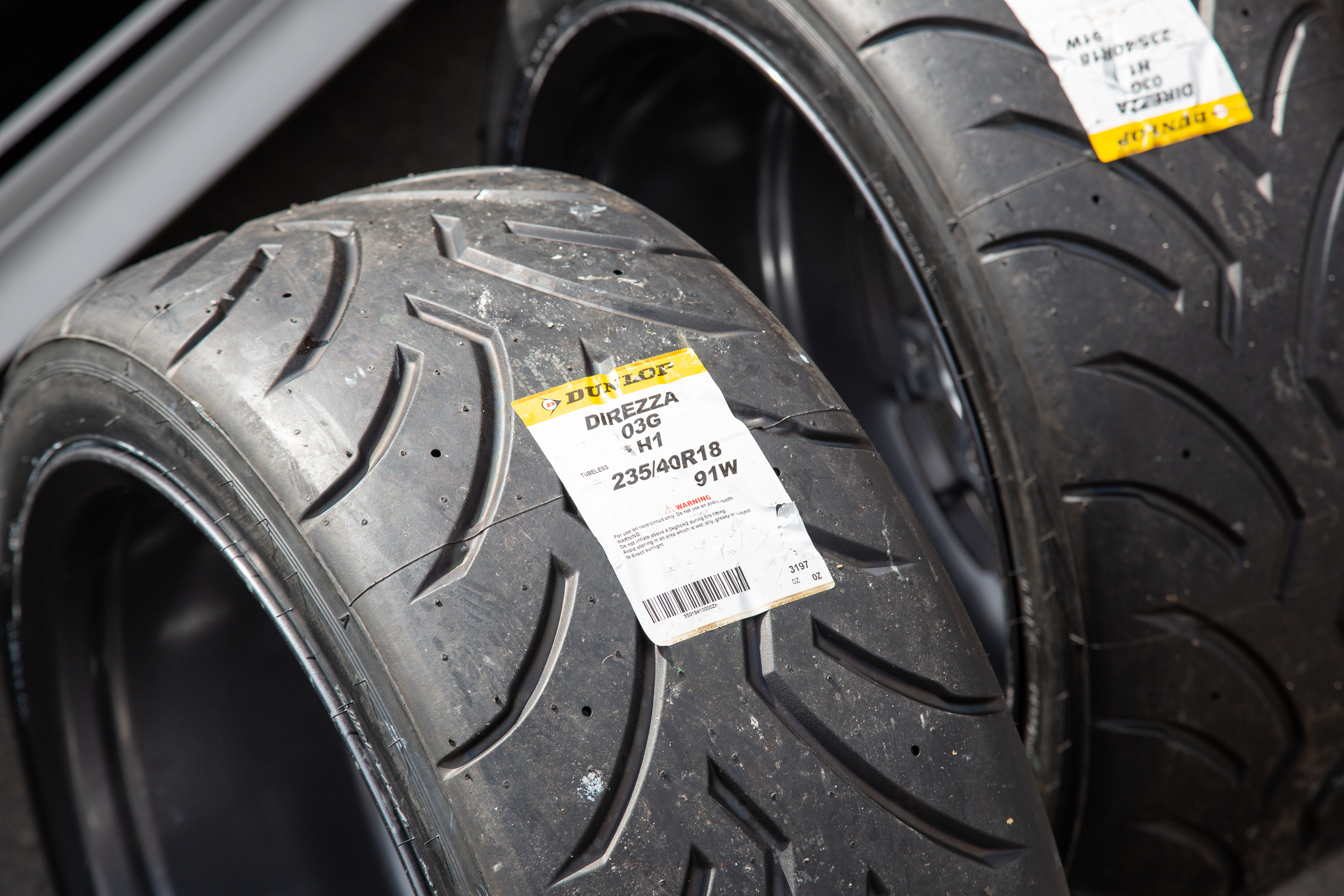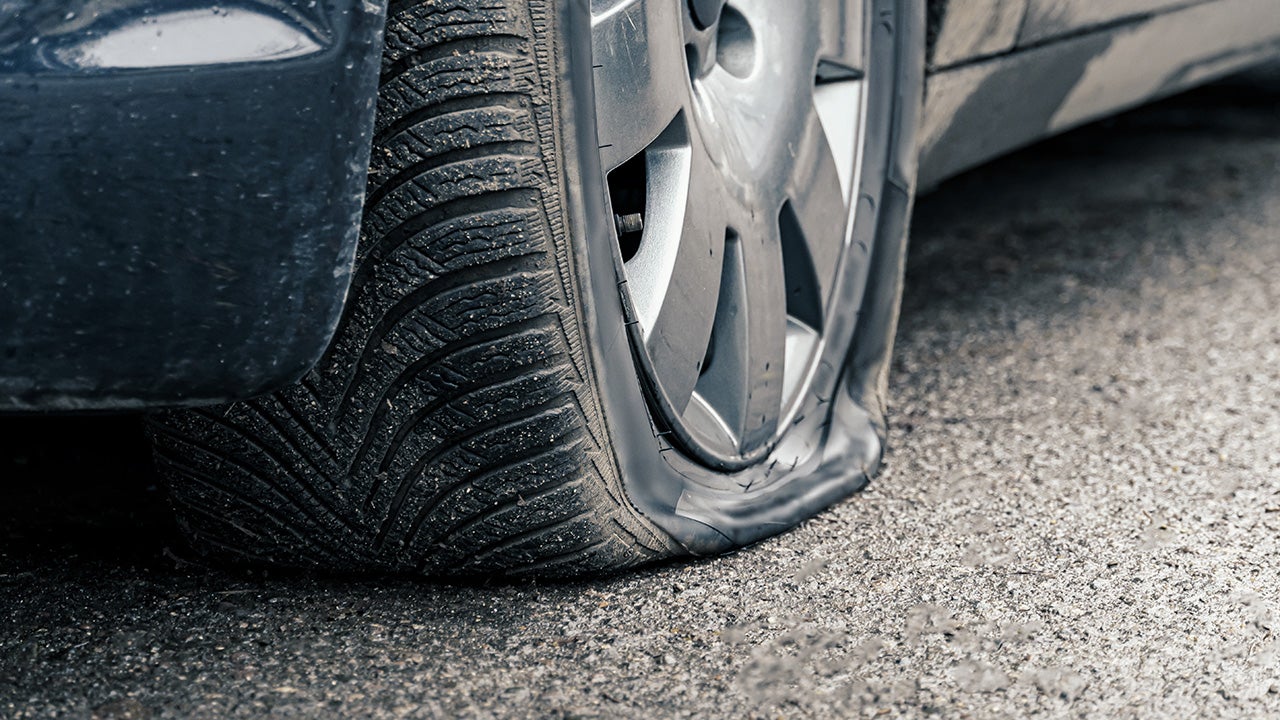All Categories
Featured
Table of Contents
The Michelin provided a comfy driving experience, characterised by responsive guiding and a dynamic understeer equilibrium. In spite of the cooler testing problems, Michelin's consistent time and grasp over 3 laps suggests its viability for real-world applications.
One more significant element was Yokohama's warm-up time. The tyre's very first lap was a 2nd slower than the second, pointing to a temperature-related grip rise. This recommends the Yokohama might shine in dry, race-like problems. Nonetheless, for daily usage, the Michelin may be a more secure wager. Successor was the Hankook.
Cheap Car Tyres
It shared Michelin's risk-free understeer equilibrium however lacked the latter's determination to turn. Continental and Goodyear's efficiencies were notable, with Continental's new PremiumContact 7 revealing a significant enhancement in wet problems compared to its predecessor, the PC6. This model was far much less conscious pack adjustments and behaved similar to the Michelin, albeit with slightly much less interaction at the restriction.
It incorporated the secure understeer balance of the Michelin and Continental with some flashy handling, proving both predictable and fast. As an all-rounder for this Golf GTI, Goodyear's Uneven variety was the standout, showing remarkable performance in the wet. The Bridgestone Potenza Sporting activity took the crown as the fastest tyre, albeit by a tiny margin.
Motorists seeking an exciting wet drive might discover this tire worth considering. The standout performer in wet braking was the most recent tyre on examination, the PremiumContact 7, though the results are nuanced.
Tyre And Wheel Services Near Me
Preferably, we wanted the cool temperature level examination to be at around 5-7C, yet logistical delays meant we examined with a typical air temperature level of 8C and water at 12C. While this was cooler than common examination problems, it was still warmer than real-world conditions. The warm temperature test was done at approximately 18C air and 19C water.
The third run entailed wet braking examinations on used tires, especially those machined to 2mm with a small altercation. While we meant to do more with these used tyres, weather restrictions limited our screening. Nonetheless, it's worth keeping in mind that damp stopping is most important at the used state, as tires generally enhance in completely dry problems as they put on.

Bridgestone, Goodyear, and Michelin saw the least efficiency reduction when put on. The Hankook tyre signed up the smallest performance decline as temperature levels cooled, however it was among the most impacted when put on.
Honest Budget Tyres Near Me
The take-home message right here is that no solitary tire succeeded in all facets of damp stopping, suggesting a complex interaction of variables affecting tire efficiency under different problems. There was a standout tyre in aquaplaning, the Continental ended up top in both straight and rounded aquaplaning, with the Michelin and Goodyear also great in much deeper water.

Yokohama can benefit from somewhat even more grip, a concern potentially influenced by the colder conditions. When it comes to handling, all tires performed within a 2% variety on the lap, demonstrating their top notch performance (Tyre warranty). Thinking about these tyres basically target the exact same customer, it's fascinating to observe the significant distinctions in feel.
The surprise is because the PremiumContact 6 was among my favourites for sporty dry drives, yet its follower, the PremiumContact 7, seems much more mature and looks like Michelin's efficiency. Among these, Hankook was the least precise in guiding and interaction at the restriction. Low-cost tyres. Both Michelin and Continental supplied charming first steering, albeit not the fastest
If I were to advise a tire for a fast lap to a newbie, claim my dad, it would certainly be just one of these. We have the 'fun' tyres, specifically Yokohama and Bridgestone. Both were speedy to steer and felt sportier than the others, but the compromise is an extra lively back side, making them much more difficult to deal with.
Tyre Inspections
It supplied similar steering to Bridgestone yet used much better responses at the limitation and better grip. The Bridgestone Potenza Sport, nonetheless, appeared to weaken quite quickly after just 3 laps on this demanding circuit. There's Goodyear, which positioned itself someplace between the enjoyable tyres and those having a tendency in the direction of understeer.
All in all, these tyres are superb performers. In terms of tyre wear, the approach used in this examination is what the industry refers to as the 'gold criterion' of wear.
Both the Bridgestone and Yokohama tyres considerably underperformed in comparison to the other 4 tires in terms of rolling resistance, with Continental slightly exceeding the remainder. Pertaining to the comfort level of the tires, as expected, many demonstrated an inverted correlation with handling. The Continental, Michelin, and Goodyear tires performed ideal across different surface kinds examined.

Bridgestone began to reveal signs of firmness, while Yokohama was particularly jarring over gaps. We did determine internal noise levels; nevertheless, as is usually the instance, the outcomes were very closely matched, and as a result of weather restraints, we were incapable to perform a subjective assessment of the tyres noise. Finally, we considered abrasion numbers, which determine the quantity of tire step shed per kilometre, normalised to a one-tonne lorry.
Honest Tyre Safety Checks Near Me (Kiara 6054 WA)
This number stands for the amount of rubber dust your tires produce while driving. Michelin led in this classification, creating over 9% much less rubber particle matter.
Latest Posts
Best Wheel Balancing Near Me
Best Tyre Balancing (Wangara WA)
Tyre Rotation Services – Lockridge WA